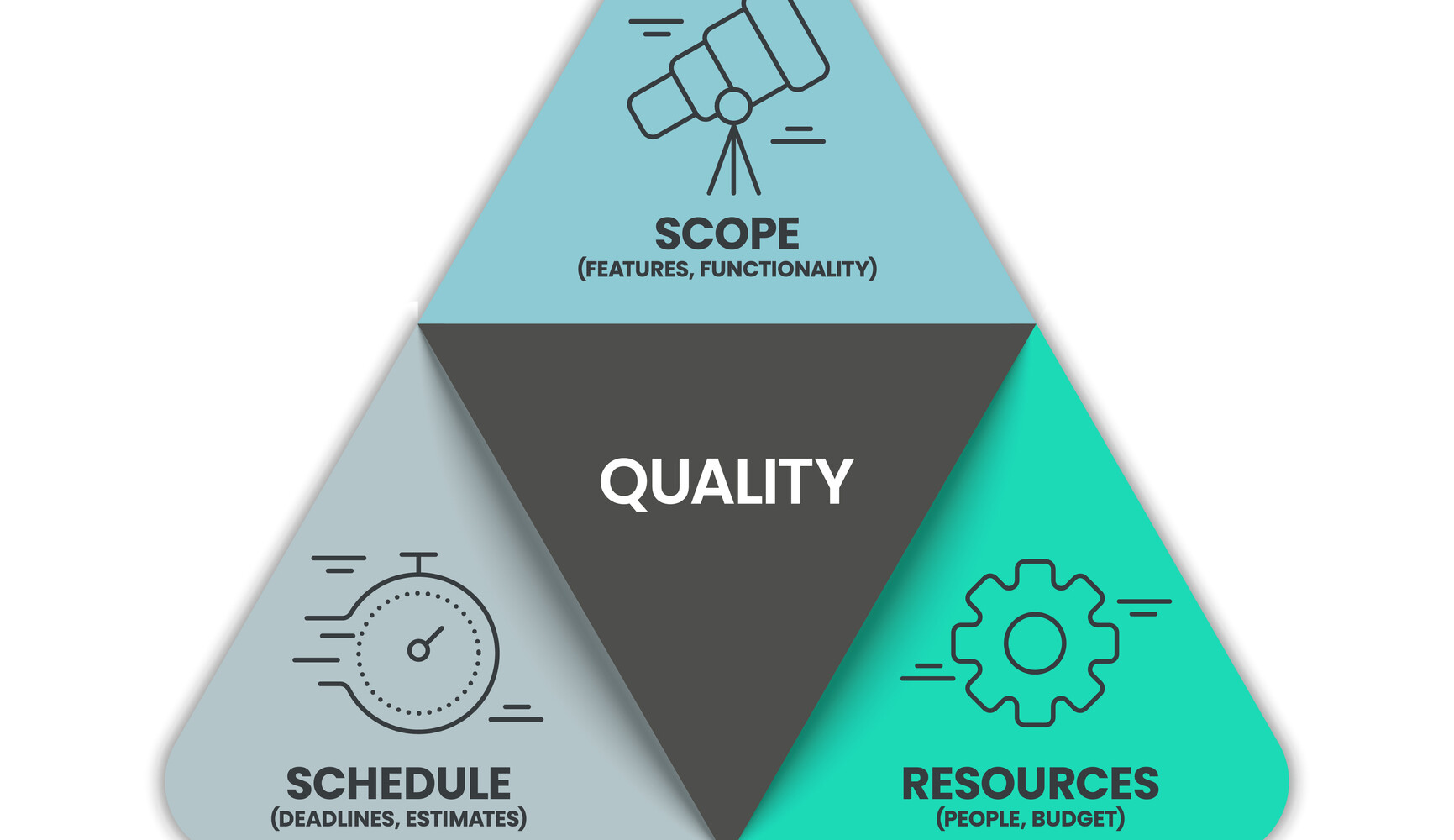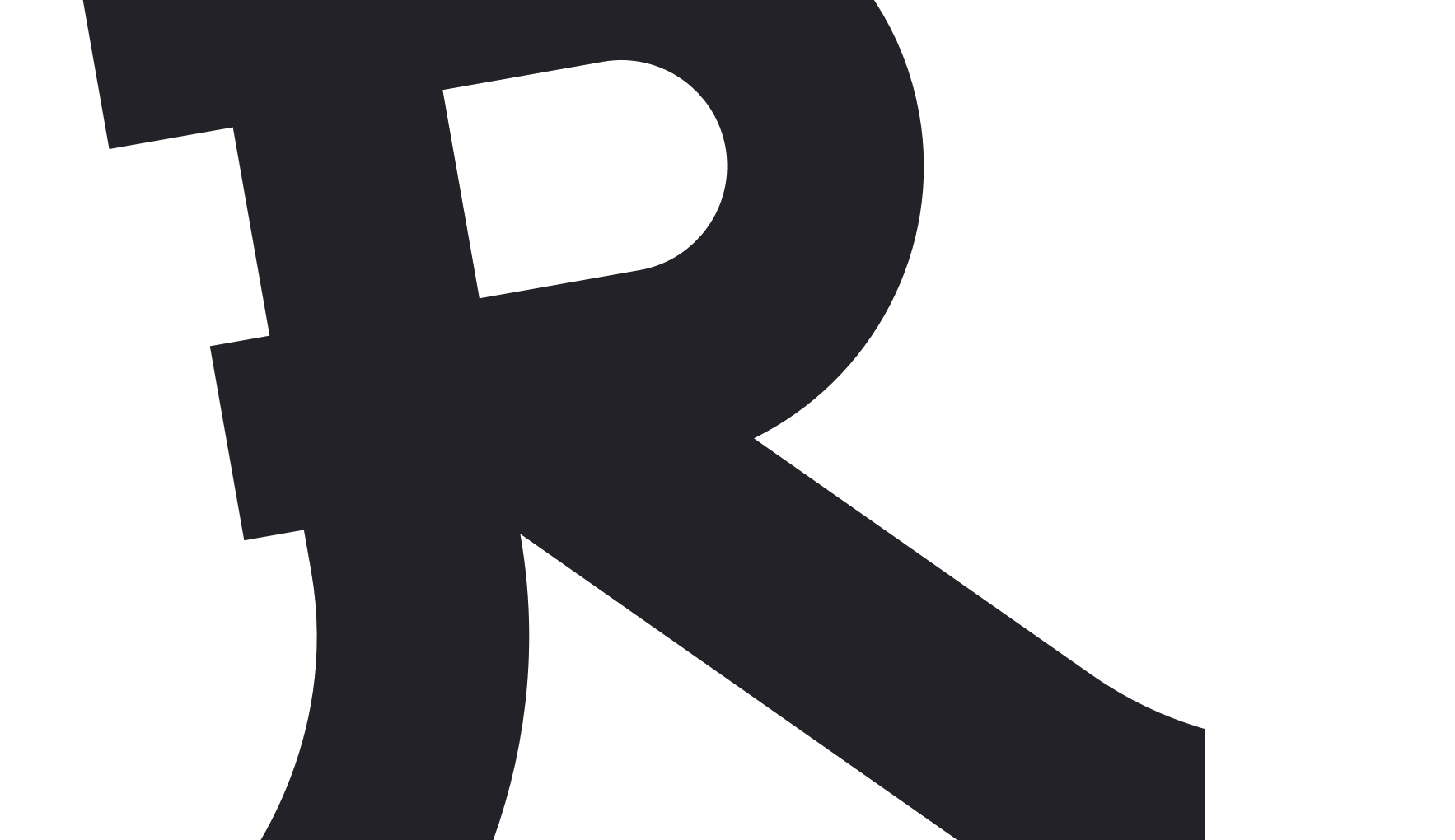
Web Project Scope: The Foundation of Success
Table of Contents
Welcome to the second of my 9 part blog series is about project scope management. In the dynamic world of web development, setting clear boundaries and objectives is crucial to ensure projects run smoothly and in line with client expectations. This article delves into the intricate art of scope management, defining project scope and managing scope creep.
Understanding the Scope
Once the project goals have been established and agreed, the next logical step is defining the project scope in which the project falls under. At its essence, project scope defines the playing field, it is the compass that guides your web development journey, ensuring that everyone knows what to expect. Think of it as the roadmap outlining where you’re headed and what you’ll encounter.
The Crucial Role of Project Scope
Project scope isn’t just an optional guideline; it’s a fundamental requirement for a successful web development project. At Ronins’, we have seen several times how a poorly scoped project can strain client relationships and jeopardise not only the quality of the project but also the integrity of the agency. It plays several pivotal roles:
Preventing Scope Creep
Scope creep can often be the sneaky villain that can derail even the most well-planned projects. Clear project scope serves as a shield against its encroachment, keeping the project on course. A well-scoped project will detail in black and white what was required of the project at a point in time. However, projects evolve, and it’s only natural new ideas and requirements arise. A well-scoped project will allow you to move the conversation forward and focus on how to incorporate new requirements and their effect on the project’s golden triangle: time, budget, and quality.
Setting Expectations
Imagine building a house without blueprints. Chaos would reign. Similarly, in web development, a well-defined scope sets clear expectations for all involved parties, minimizing misunderstandings.
Resource Allocation and Budgeting
Without a scope, it’s like embarking on a cross-country road trip without a map. You’re likely to run out of fuel (resources) and veer off track. A well-scoped project helps allocate resources efficiently and understand the budget required to complete the project within a given timeframe.
Guiding Planning and Execution
Project scope is the lighthouse guiding the ship. It directs planning and execution, ensuring that every task and decision aligns with the project’s objectives.
Steps to Scoping a Web Project
Scoping a web project involves a series of deliberate steps:
Gathering Project Requirements: It all begins with gathering detailed requirements. This is where you sit down with stakeholders, asking questions, listening intently, and understanding their needs and goals. Spending a good amount of time at this stage really understanding and defining the project will allow you to not only gain a better understanding of the project but also uncover opportunities to enhance the final product. For this stage, there are several tools available that will allow you to map out requirements and flow. I like using miro boards to increase collaboration and keep things organised.
Identifying Project Objectives: What’s the purpose of the project? What goals are you trying to achieve? Identifying clear and attainable objectives ensures everyone is on the same page. Please read my post on setting project goals for a more in-depth understanding of this.
Defining Deliverables: What will the project produce? Is it a website, an app, or something else? Defining the deliverables with precision avoids ambiguity.
Setting Boundaries and Constraints: Just as a fence sets the boundaries of a yard, project scope defines what’s in and what’s out. Clearly stating project constraints, such as budget and timeline, helps manage expectations. Don’t be afraid to include ‘what is not included’ as part of your scope to avoid uncertainty at a later stage.
Creating a Scope Statement: All the collected information coalesces into a formal scope statement. This document serves as the project’s North Star, guiding every decision and action.
Challenges and Scope Management
In the world of web development, change is constant. Shifting requirements, evolving objectives, and stakeholder misalignment can challenge even the best-scoped projects. Here’s where scope management comes into play, helping you navigate these choppy waters by documenting, evaluating, and approving scope changes.
The golden triangle
The project management golden triangle serves as a valuable framework, empowering project managers to handle change, risk, and priorities. This model revolves around three fundamental constraints: time, budget, and scope. Each modification to a project impacts one of these dimensions. Importantly, these three elements are intricately linked and must always be balanced. When a change is introduced in one facet, it requires adjustments in either or both other constraints.
For example, if a project timeline suddenly shrinks the project manager will need to consider its impact on the scope of the project (reducing scope) or budget (increasing budget to bring more team members to complete the project quicker). Another example is if new requirements are added to a project, the project manager will then need to look at its impact on time and budget to accommodate the changes.

A few real-life examples
Scope definition and management are not a one-size-fits-all. It is important to look at the project and understand what risk areas require more scrutiny. For example, when we started the project definition for the Orbus Software website, we knew it was critical to focus a lot of time and effort on defining the content migration strategy involved. On the other hand, when developing the project scope for our Cysiam client, we were more focused on understanding and defining the key user flows necessary to complete the project successfully. When scoping a branding project, such as Globium, we focused more on defining review processes and key deliverables.
Conclusion
In web development, project scope plays a pivotal role, orchestrating the coordination of efforts and charting the course toward a successful outcome. Clarity, precision, and adaptability serve as invaluable allies when scoping and defining the parameters of your web project. If you want to learn more about the digital planning process, check out this blog post.
Stay tuned for our next post next week where we will focus on identifying key stakeholders and their roles.
